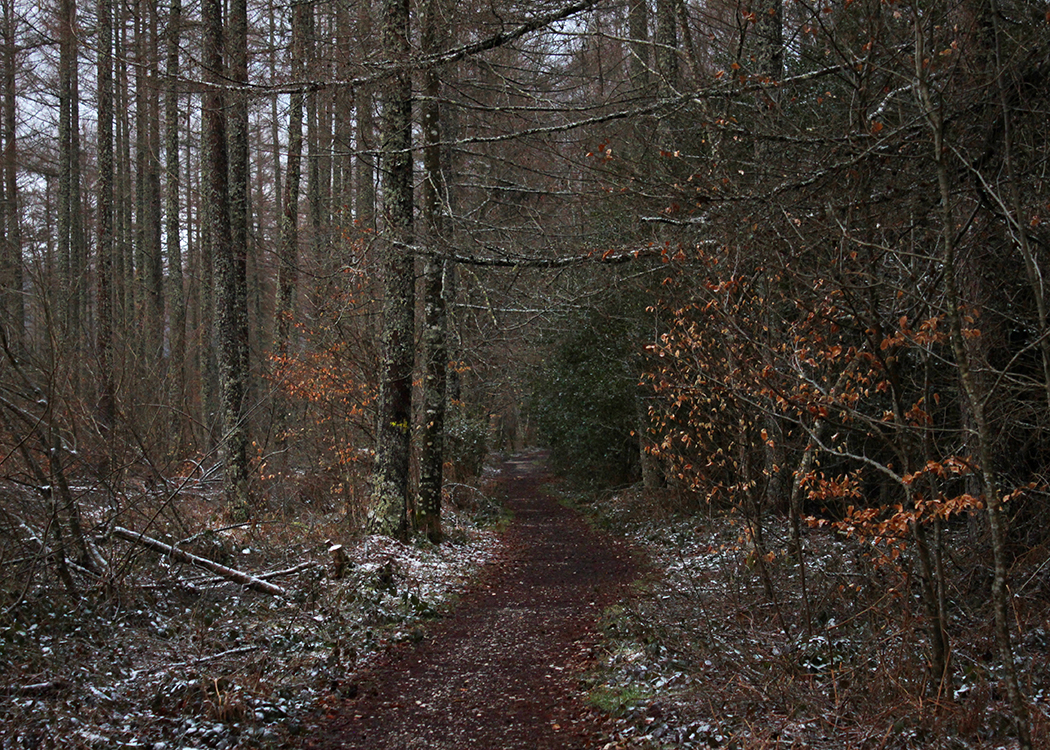 Previous Day |
Roncesvalles → Larrasoaña 26.6 km (16.5 mi) |
 Next Day |
¡Hola, todos!
It was a hot night in the monastery! No, really, I was boiling in my sleeping bag, but once I stepped outside, I was amazed to see a dusting of snow covering the streets of Roncesvalles! Everything looked so peaceful and quiet, absolutely nothing like the events that made Roncesvalles famous.
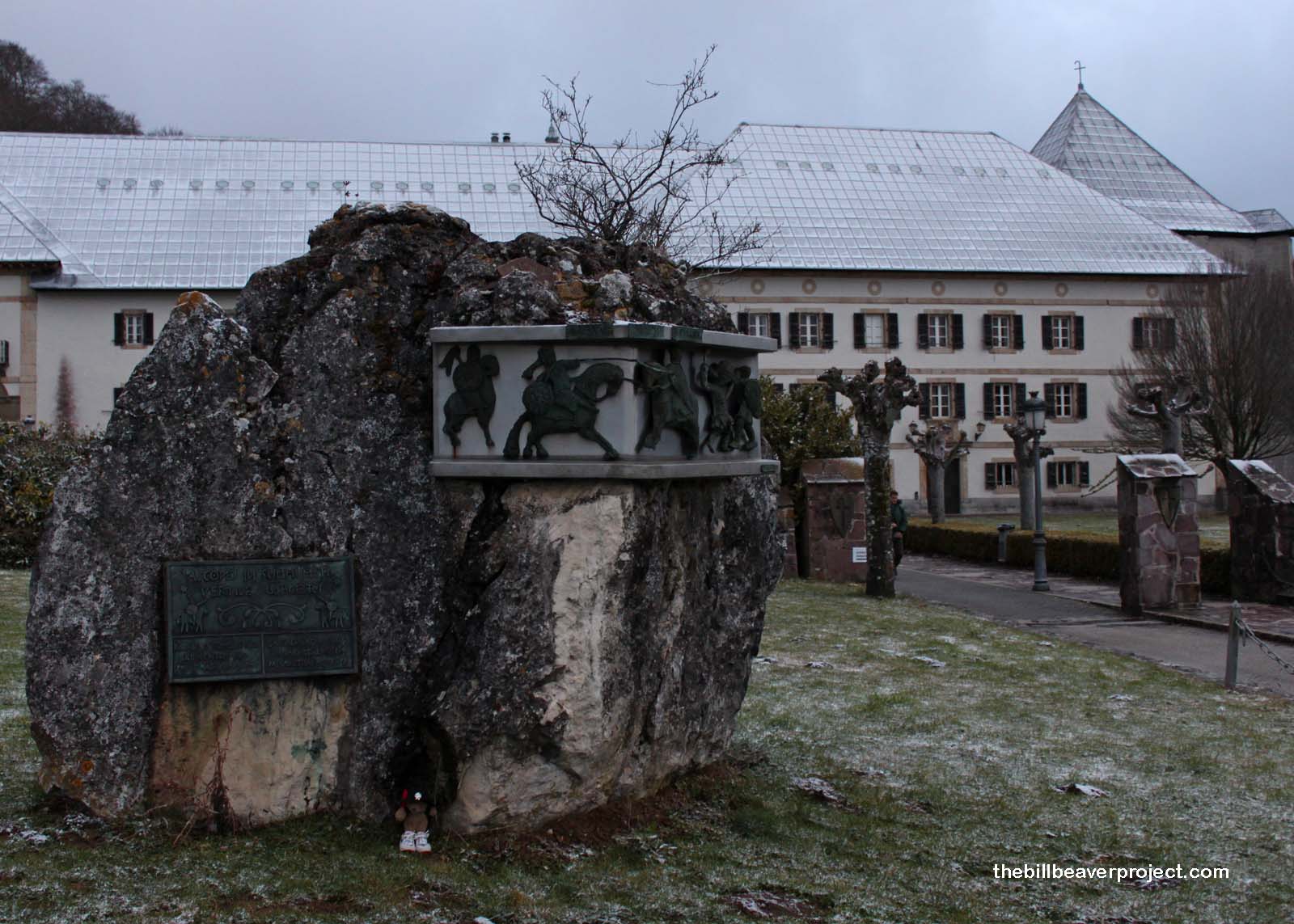 |
Yesterday, I mentioned the battle of Roncesvalles Pass, in which Roldán smashed his sword on a rock. It turns out there was more to the tale than a horn and sword! Roldán was one of Charlemagne’s officers, returning to France after invading northern Spain with mediocre success. During the Frankish withdrawal, the Emperor ordered his army to destroy Pamplona, the capitol of Basque Navarra, so it couldn’t be used as an outpost to invade France. That really ticked off the local Basque people!
As the Frankish troops returned over the Pyrenees, a host of Basque locals descended upon them, using the rugged terrain (trust me, it’s rugged) to obliterate the clumsily armored rear guard and make off with a whole bunch of booty! Three centuries later, this tiny event in a tinier town exploded into the Chanson de Roland, which expanded the enemy forces to 400,000 strong, turned them from Basques to Saracens, and introduced “AOI,” the ancestor of the orchestral sting! Isn’t propaganda awesome?
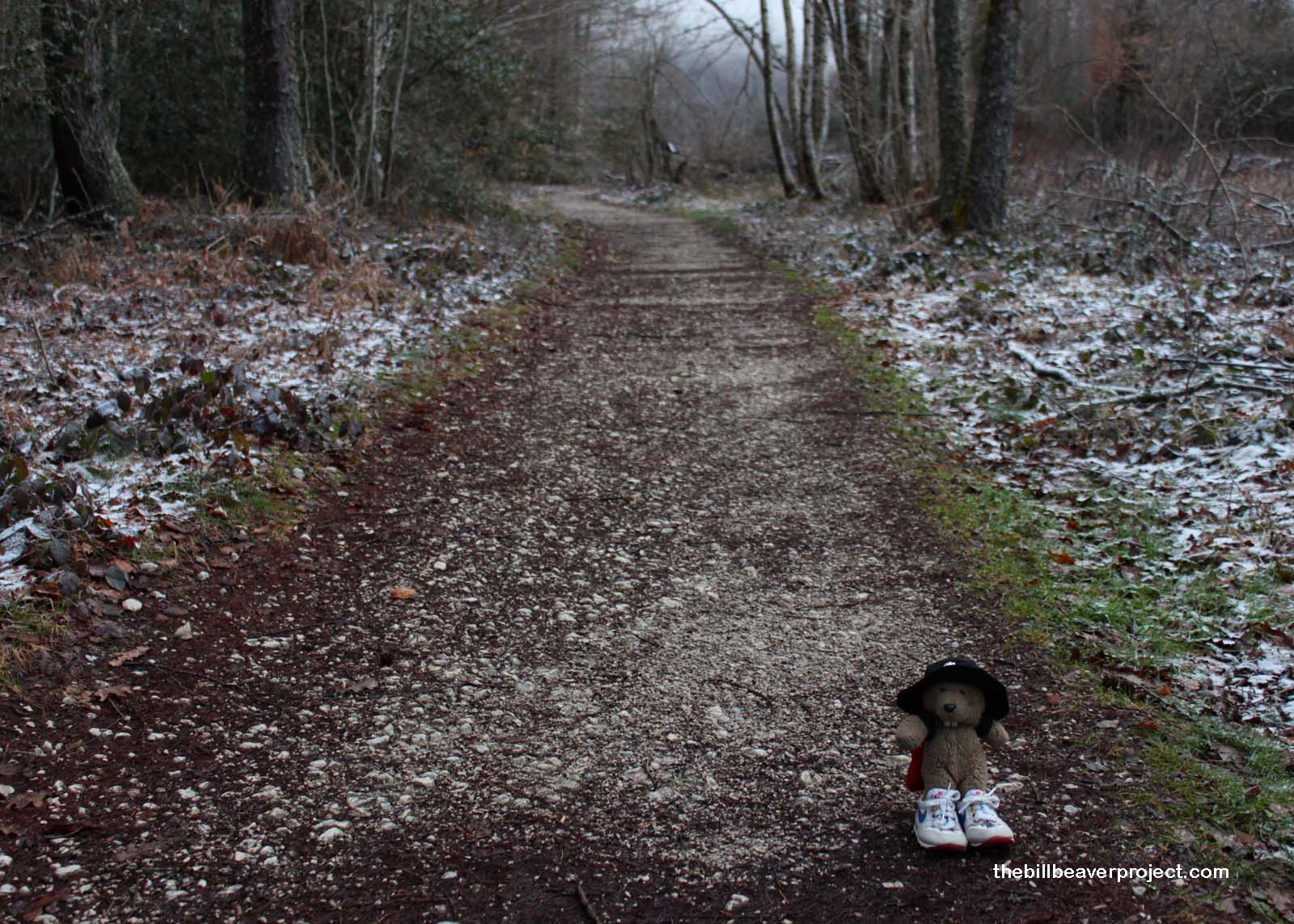 |
I don’t normally condone random violence or tacky puns, but it was time to hit the road! Heading down the path into the dark, quiet woods, I started to get chills and not just from the snow! It wasn’t until I reached the end and saw the White Cross that I realized I’d been walking in Sorginaritzagako Basao, the Oakwood of the Witches! Here, in the 16th century, some of the most well-known witch covens were held, prompting the installation of a White Cross to protect travelers from enchantment!
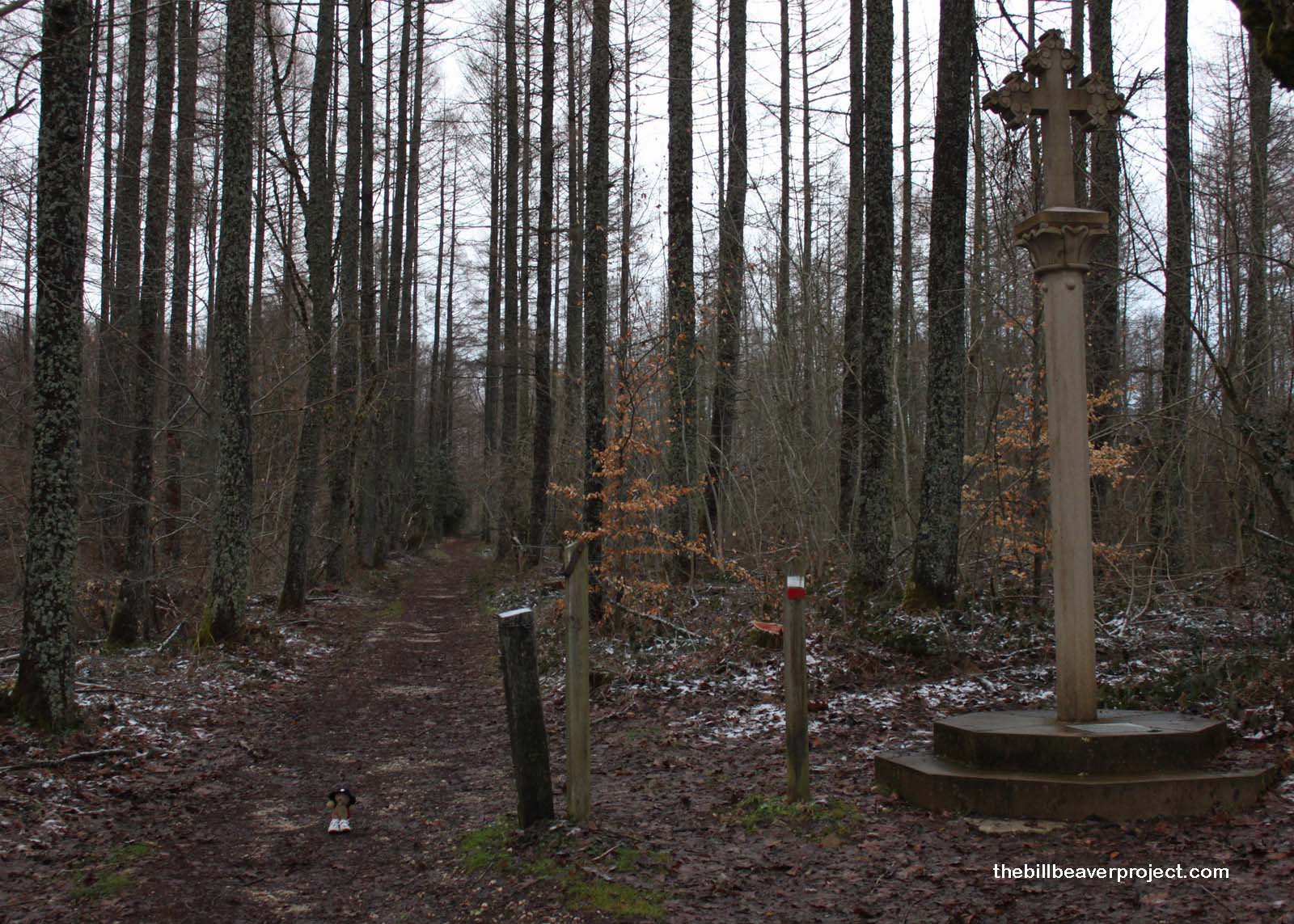 |
But who was to protect the witches? Though part of Basque Country, this area was still under the control of Spain and its Inquisition. And nobody expects the Spanish Inquisition! Between 1609 and 1614, Inquisitors based in Logroño, outside of Basque Country, tried over 14,000 cases, making this the largest individual witch hunt in history! Sadly, nine of our Sorginaritzaga witches danced in the flames instead of around them. Had I been on the Inquisition Board, I would have suggested a different tactic, like a water fight. (The real witches would melt!)
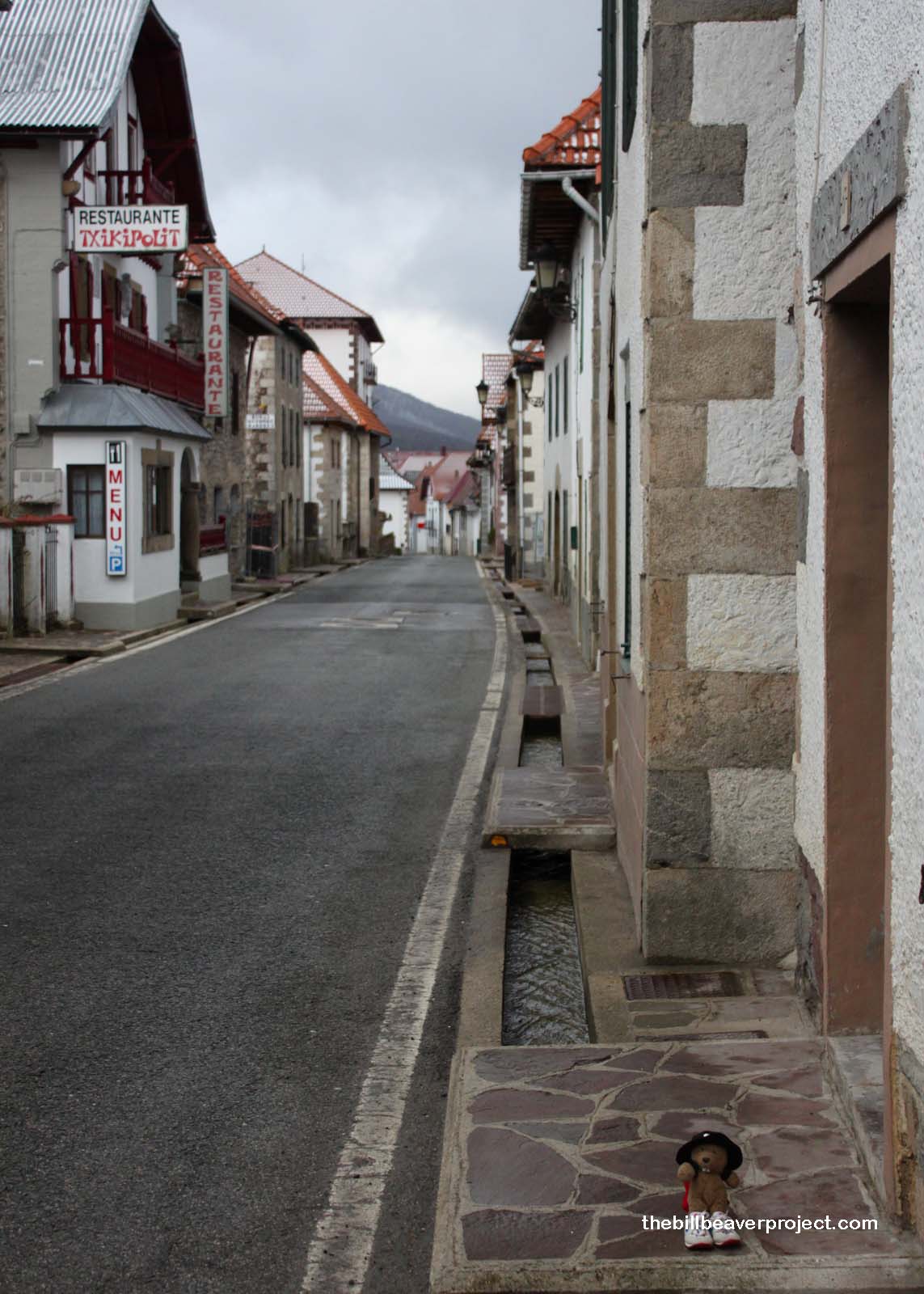 |
In any case, very little melting took place over the course of the day, which was as wintery as it could be! I passed through the charming town of Auritz, down a muddy road paved with cow poop, and into the woods again, where I encountered a group of my fellow peregrinos! One such peregrino, from Poland, gave me a cultural lesson in the town of Espinal. I had asked why there were so many huge houses in these tiny farming communities, and he replied that they had to fit the whole family: kids, parents, and grandparents.
That means the people of Spain are just like beavers! Our lodge in Incheon was big enough to house my mom, George and Woodchuck, and Flatty and me, and we all took turns keeping house. Unlike some of these families, though, we did not build a family cemetery against the walls of our home. Even if we did, we would find it a little inappropriate to install a brand-new satellite dish right over the family headstones. These details aside, I was happy to find some common ground with the people whose country I had just entered!
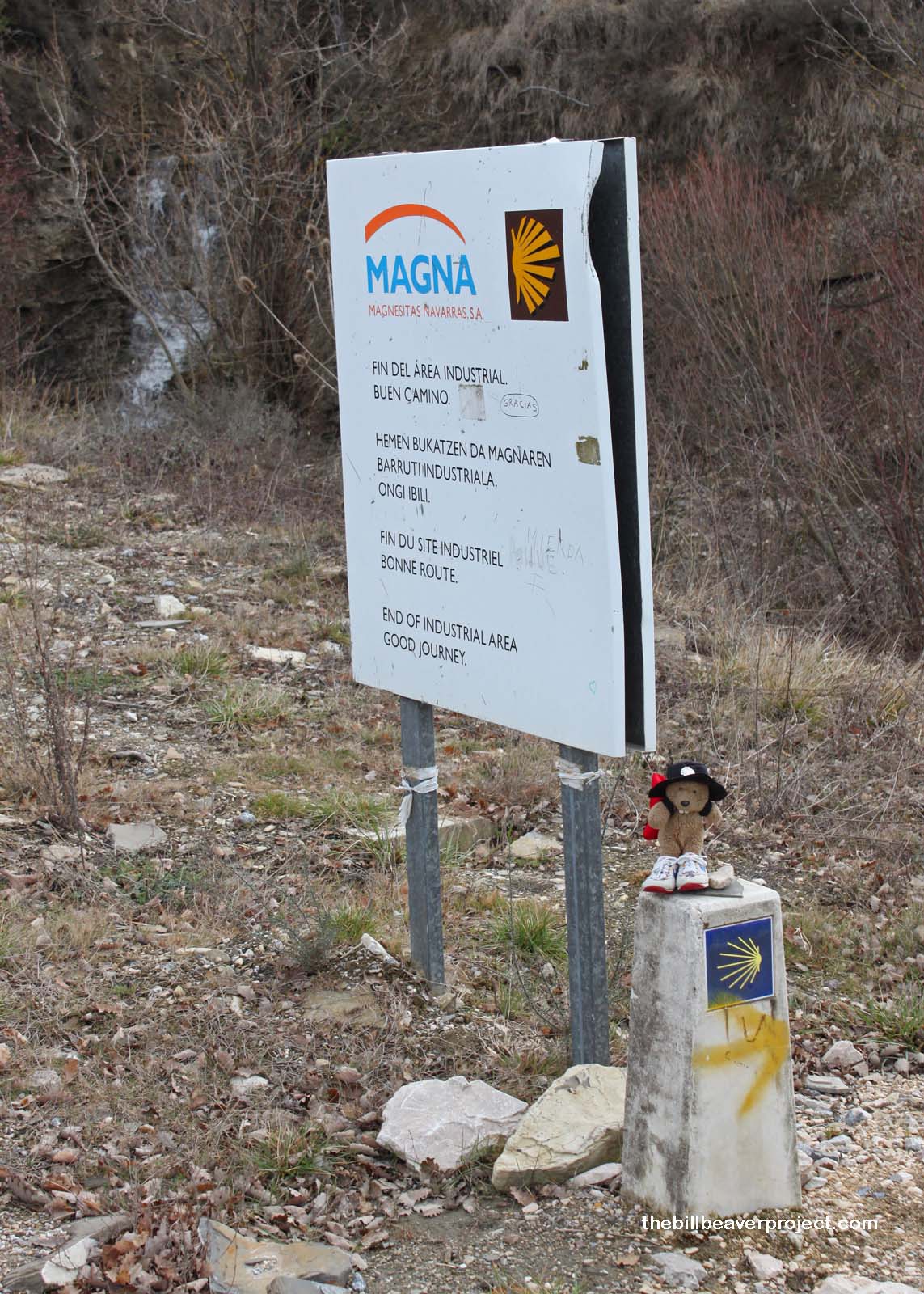 |
After descending a precariously steep stretch of wet cobblestone, the rest of the peregrinos stopped for a snack, and I fell in step with Jean, a student from Lyons, who was majoring in business but considered himself a poet. He didn’t have any poems to share, but I hope he sends me a copy of his first book when it’s published! We walked through the woods for what seemed like ages, talking about movies and sailing and what inspires us in the world, until we came to the town of Zubiri and had a delightful picnic on the bank of a river next to a medieval bridge. The sun peeked out of the clouds, making this lunch even better than lunch yesterday!
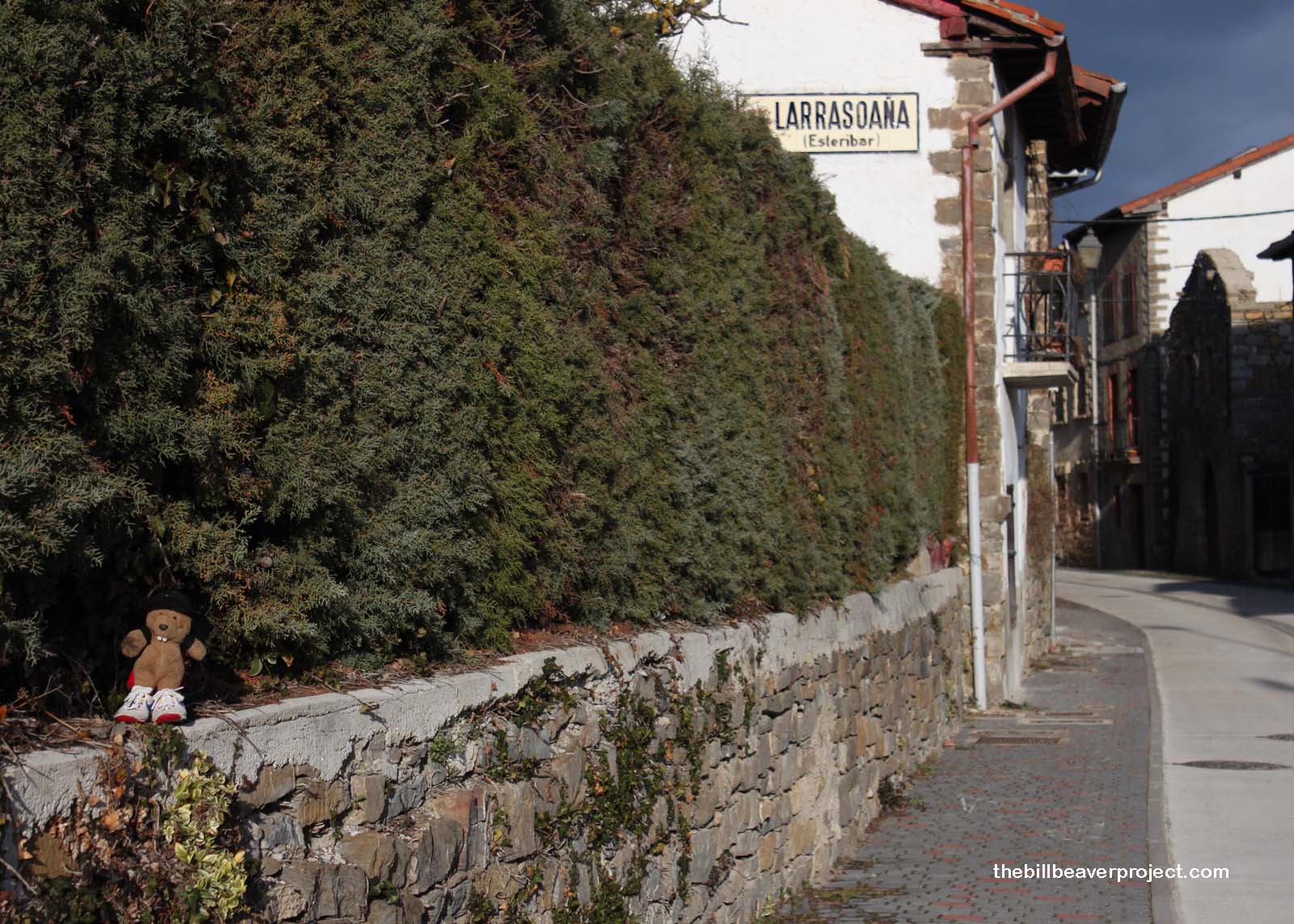 |
The final slog into Larrasoaña seemed to take forever, peppered with five-house towns that we constantly mistook for our destination. The sun suddenly turned hot, right as we were passing a magnesium plant, which was peppered with Jacobean scallop symbols. Who knew that heavy industry supported the Camino, which is supposed to be an escape from industry?
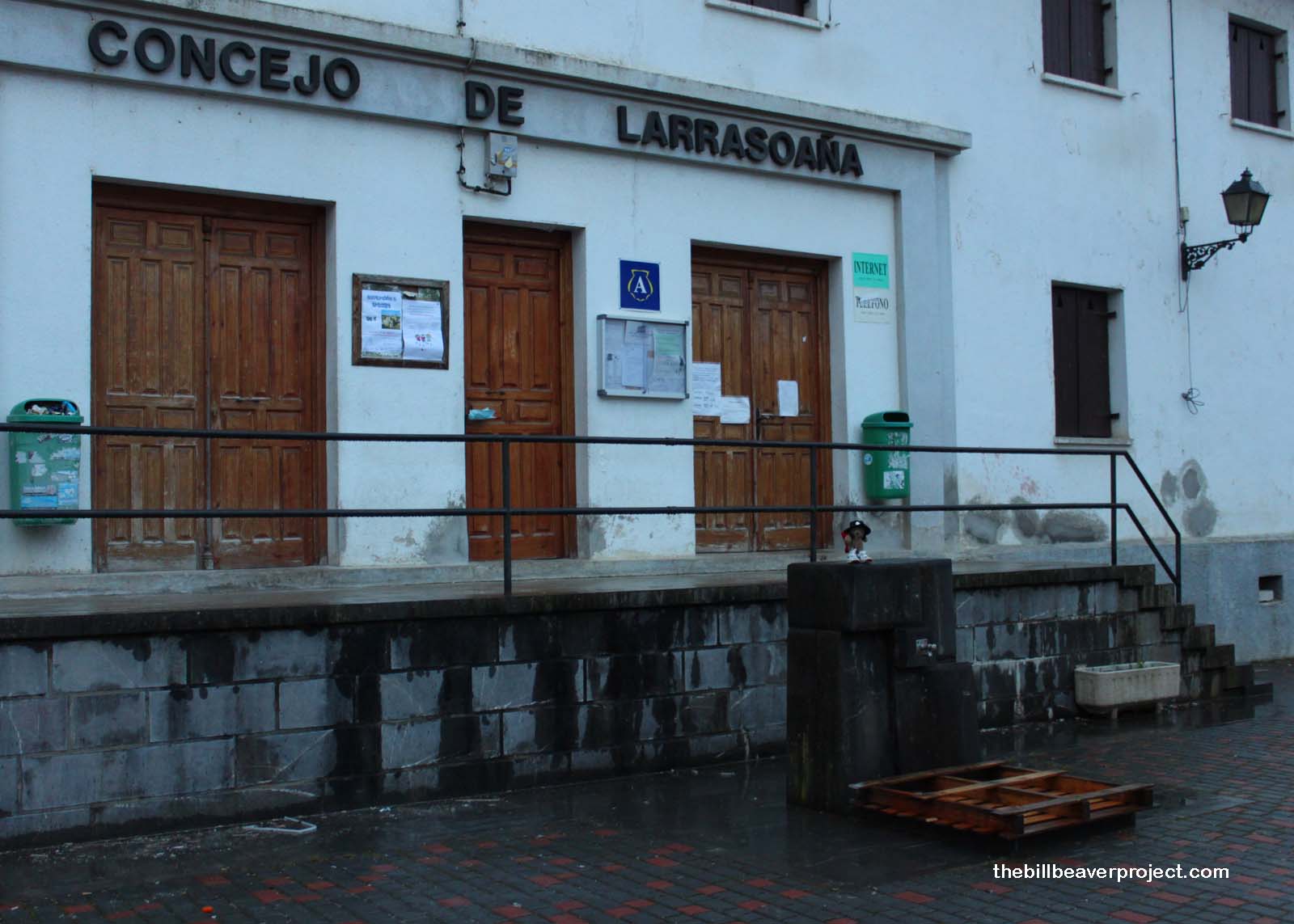 |
At long last, we arrived in Larrasoaña and checked into the one open albergue, which was a dump. Nonetheless, it was good to take my shoes off. The cold air outside did wonders for the swelling in my feet. We dined at Casa Elita and wished a very happy 64th birthday to Dermot from Ireland, who thought 64 was such a far away number when he first heard The Beatles sing about it. That sounds like today. For a long time, the end of this leg seemed so far away, but now it is here. It will probably be the same for Santiago… I’ll have to make the most of it!
Buen Camino!

 Previous Day |
Total Distance Walked: 53.9km (33.5 mi) |
 Next Day |
